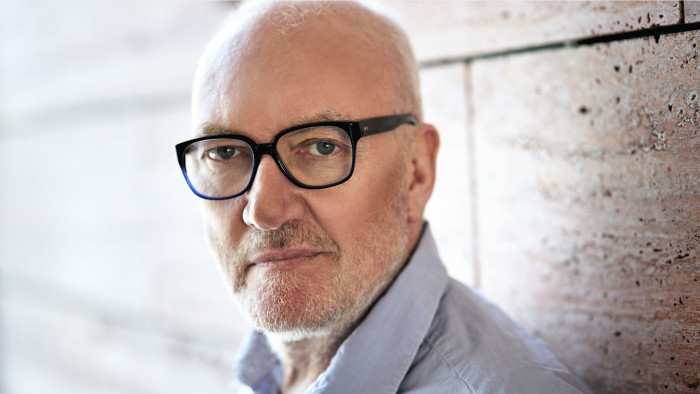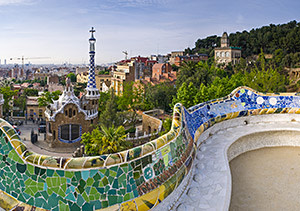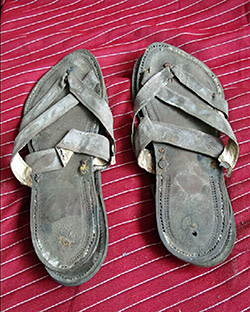The Inventory: Sean Scully

Simply sign up to the Life & Arts myFT Digest -- delivered directly to your inbox.
One of the world’s most significant abstract painters, Sean Scully, 68, has works in the permanent collections of the Tate, the Met and the Guggenheim, among many others. He has twice been nominated for the Turner Prize.
…
What was your earliest ambition?
To be an architect. My aunt wanted a house and I went off and designed it for her. I was about seven.
Public school or state school? University or straight into work?
A Catholic school in Highbury, London – Joan of Arc – then to very, very rough state schools. I went to work when I was 15, as a typesetter in a factory – extremely hard work in a kind of Dickensian environment. I went to Croydon College of Art when I was 20. I had been turned down by 11 art schools in London and the Croydon school had a sort of second-chance policy for people who were not really very well qualified. That’s what allowed me into the system, saved my life. I had to fight like a warrior to get from where I was put in society to where I wanted to be. I then went to Newcastle University.
Who was or still is your mentor?
Many people. Ian Bennett, who used to work at Sotheby’s and discovered me at art school. Arthur Danto, a great genius art writer.
If you had a coat of arms, what would be on it?

I don’t know. Maybe a kiss.
Ambition or talent: which matters more to success?
I think it’s a perfect fusion of both – and they have to be in perfect harmony. If your ambition is bigger than your ability to support it, this will cause great unhappiness.
Have you ever taken an IQ test?
Yes, at Forest Hill comprehensive, a school of 1,500 boys. I had the highest IQ in the school, it was graded at 165, but I didn’t learn anything else there other than that I had an extraordinarily high IQ.
How physically fit are you?
I would say I was 80 per cent.
What drives you on?
I think culture is more powerful than politics. That’s why I went into art. Culture has the possibility to really change the world.
Do you consider your carbon footprint?
I recycle like a German.
How politically committed are you?
I’m very committed to fairness.

Do you have more than one home?
I have three. A big operation here in New York, an apartment in Barcelona and a huge space that we rent on a biofarm in the Bavarian countryside.
What would you like to own that you don’t currently possess?
Gandhi’s shoes. I love him. His sandals went up for auction and I forgot to bid!
What’s your biggest extravagance?
I live very simply but we fly in little private jets.
In what place are you happiest?
I love being in Dublin, where I was born. We also love being in London.
What ambitions do you still have?
I’m trying to make my work more affecting, trying to amplify the emotion in my work.

What is the greatest achievement of your life so far?
My son Oisín.
What has been your greatest disappointment?
The loss of my first son, Paul.
If your 20-year-old self could see you now, what would he think?
I don’t know! He would probably think it was impressive.
If you lost everything tomorrow, what would you do?
I think I have a great ability to set myself free. I would just start again.
Do you believe in assisted suicide?
My heart tells me that people who suffer have the right to say goodbye under their own terms.
Do you believe in an afterlife?
Yes but I don’t have a definite image of what that would be.
If you had to rate your satisfaction with your life so far, out of 10, what would you score?
You can only live as a 10.
——————————————-
‘Sean Scully: Kind of Red’ is at Timothy Taylor Gallery, London W1, until July 12. For details see timothytaylorgallery.com
Comments